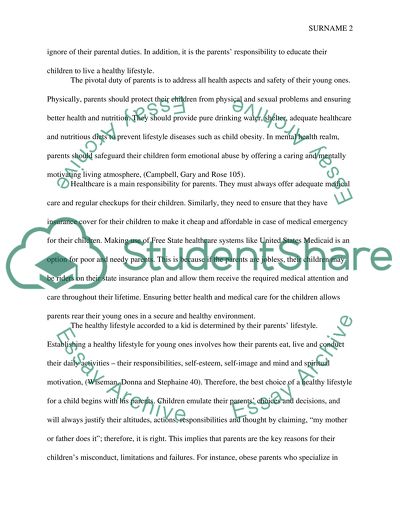Cite this document
(“Role of parents in prevention of obesity among kids Essay”, n.d.)
Role of parents in prevention of obesity among kids Essay. Retrieved from https://studentshare.org/health-sciences-medicine/1463009-role-of-parents-in-prevention-of-obesity-among-kids
Role of parents in prevention of obesity among kids Essay. Retrieved from https://studentshare.org/health-sciences-medicine/1463009-role-of-parents-in-prevention-of-obesity-among-kids
(Role of Parents in Prevention of Obesity Among Kids Essay)
Role of Parents in Prevention of Obesity Among Kids Essay. https://studentshare.org/health-sciences-medicine/1463009-role-of-parents-in-prevention-of-obesity-among-kids.
Role of Parents in Prevention of Obesity Among Kids Essay. https://studentshare.org/health-sciences-medicine/1463009-role-of-parents-in-prevention-of-obesity-among-kids.
“Role of Parents in Prevention of Obesity Among Kids Essay”, n.d. https://studentshare.org/health-sciences-medicine/1463009-role-of-parents-in-prevention-of-obesity-among-kids.


